Epokale: A New Gewürtztraminer for the Ages
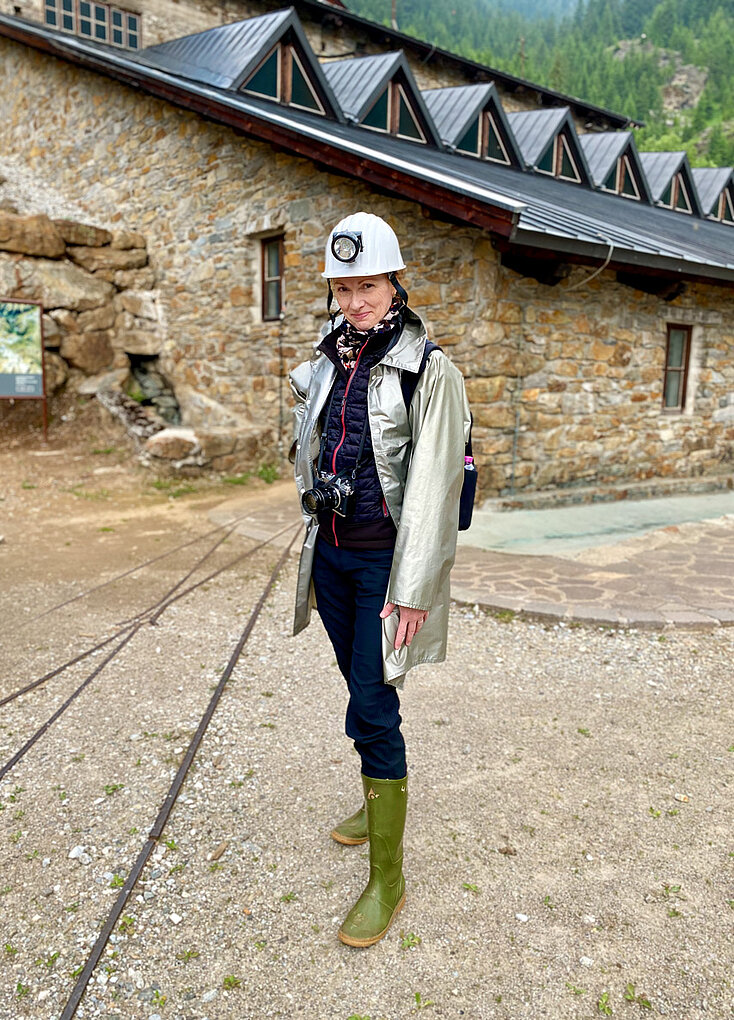
Digging deep with six vintages of the mine-aged iconic Gewürtztraminer Epokale from Cantina Tramin.

Digging deep with six vintages of the mine-aged iconic Gewürtztraminer Epokale from Cantina Tramin.
In addition to being an award-winning writer, artist and critic, Meg Maker occupies the artistic space at the intersection of nature and culture. She travels extensively to taste with producers, hear their stories, and see first-hand their motivations, to witness what links them to their land. Wine is food, but it's also a way into story. Meg is a Certified Specialist of Wine and member of the Circle of Wine Writers. Her writings have appeared in trade and lifestyle publications such as Pix, Art of Eating, Meininger’s Wine Business International, Serious Eats, Beverage Media, and in her own publication, Terroir Review. She lives in New Hampshire and is happiest when in the garden or the kitchen.
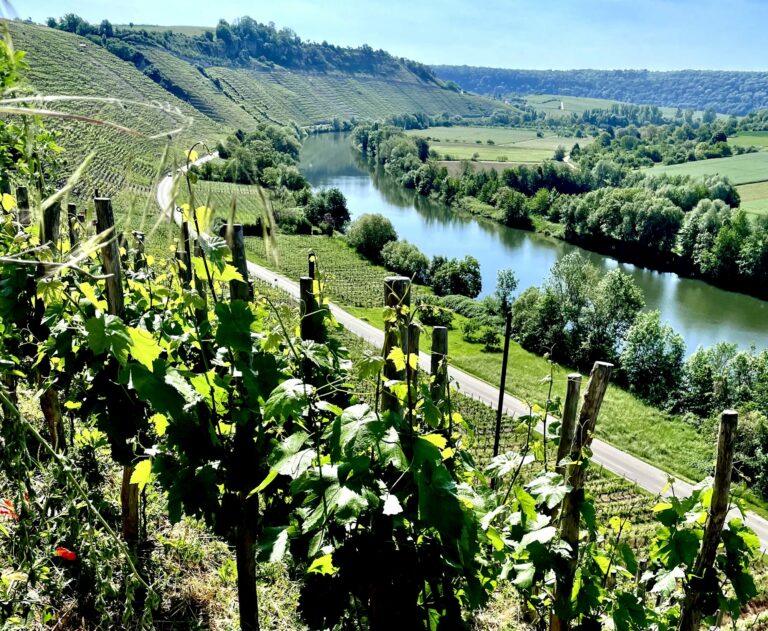
What do you do when you have world-class Riesling terroirs — including some of Germany’s highest, coolest vineyards, extraordinary old vines and massale selections, and a growing cadre of hyper-talented producers who bring imagination and dedication to it all — but the world still thinks of you as a place for, well, something else? This is the predicament of Württemberg’s growers. Over the past decade, they’ve made a strong argument that Riesling should be front and center when we consider the wines of this southwestern German region. Although not everyone believes a narrowed focus benefits Württemberg’s identity (the region’s top…...
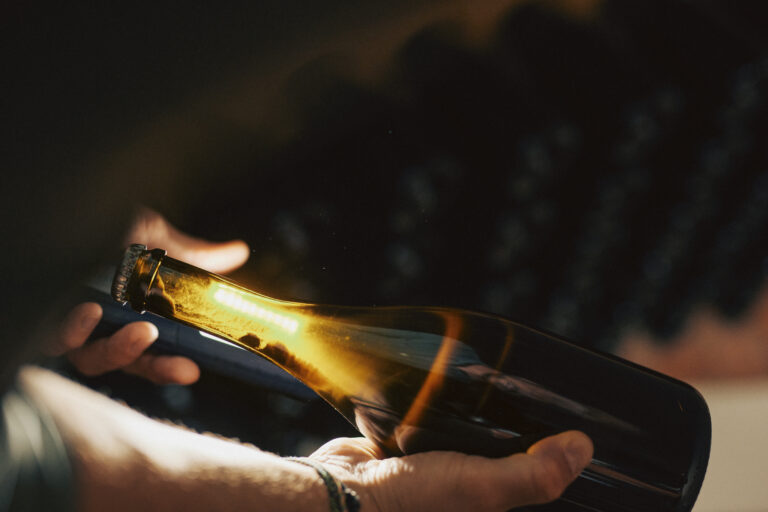
10 sparkling secrets of the sekt generation.
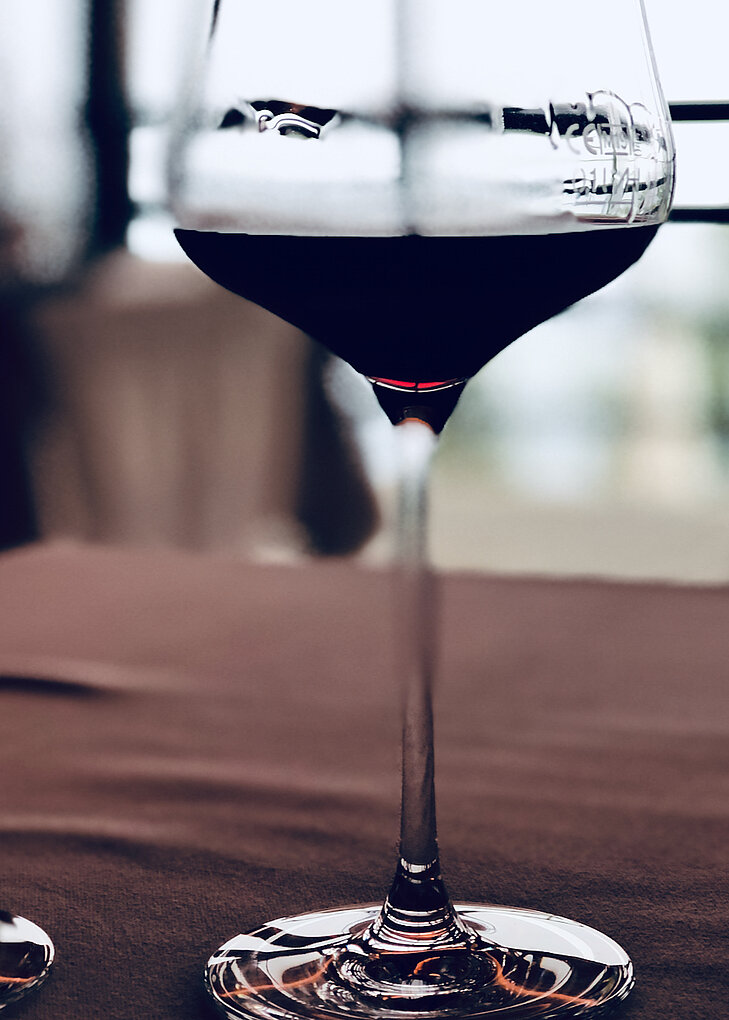
The wine stood on a high shelf, past tense very much called for, because moments after the waitress leapt for it — leapt, did not get a stool, did not ask for help, leapt because she once could — the bottle wobbled and began to fall. On earth, objects plummet at a pace of 9.8 meters per second squared, which means this bottle will reach the ground approximately two-thirds of a second after it begins its journey. But as any oenophile knows, wine makes a moment last — in this case, long enough to share exactly 15 things about this…...
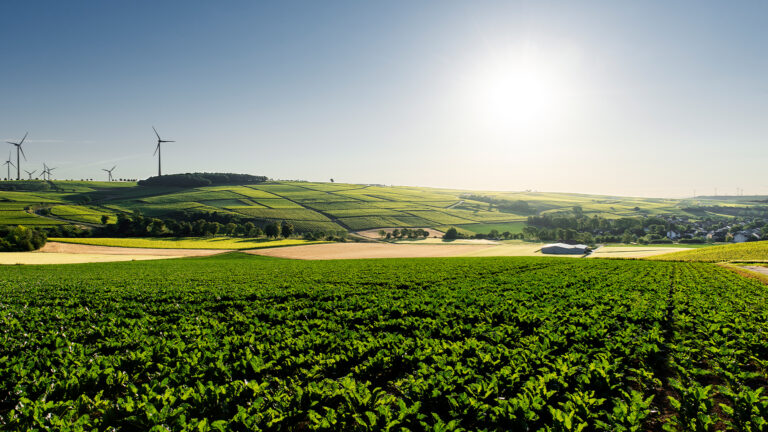
A handful of Weinheim visionaries are reshaping the future of German wine in the country's largest winegrowing region with lessons from the past.
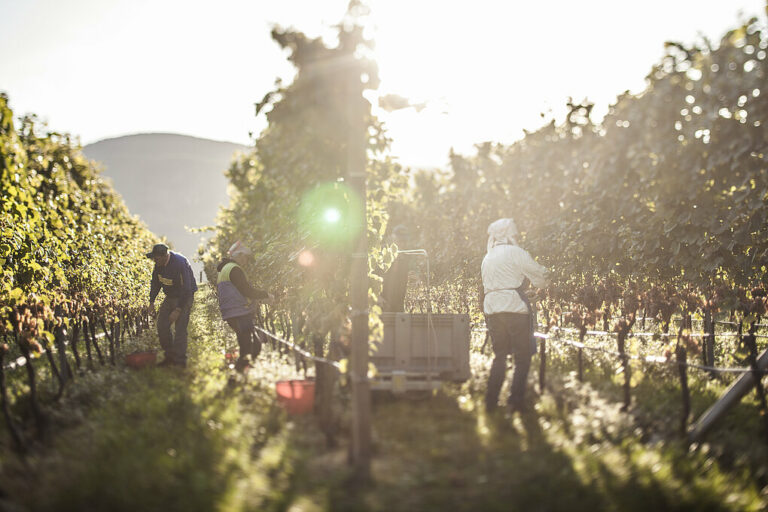
Trink Magazine | The 12 winegrower cooperatives of Alto Adige produce some of the finest wines in Italy, if not the world. it's a part not only of the region's history but also its DNA, Susan gordon reveals why.

Trink Magazine | Valerie Kathawala hazards forecasts for the future of wines from Alto Adige-Südtirol, Austria, Germany, and German-speaking Switzerland.
Enjoy unlimited access to TRINK! | Subscribe Today